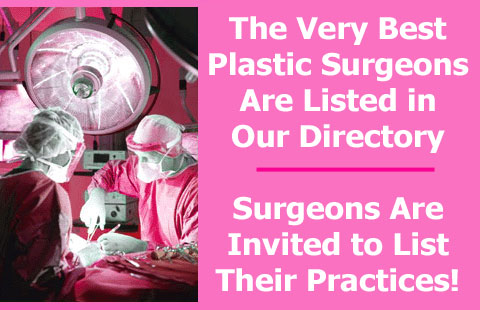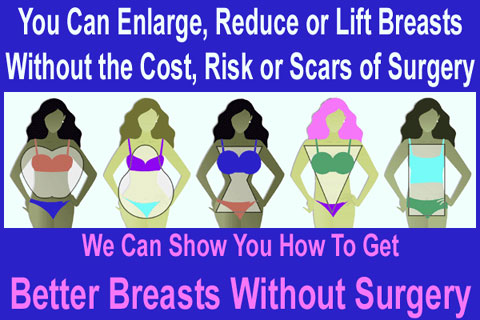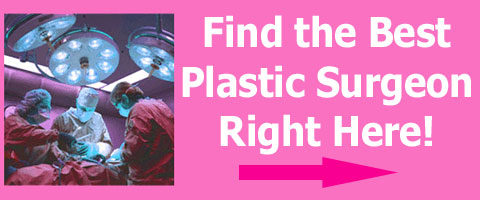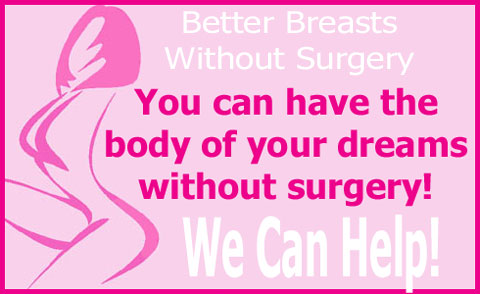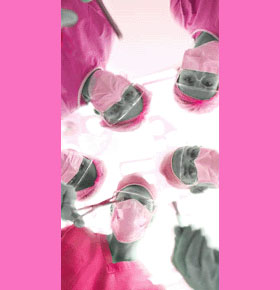
Plastic surgery is named for the Greek word Plastikos, which means “to shape”. This nomenclature is appropriate since a plastic surgeon does indeed shape their patient’s body to improve the function and aesthetic qualities of specific structures and systems. Plastic and reconstructive surgery is a medical discipline which dates back literally thousands of years, although in a far more primitive form than exists today.
This resource section explains the practice of plastic and reconstructive surgery. Listed below is a collection of procedure-focused articles; each of which opens a new resource section detailing the chosen topic in full.
Plastic Surgery Defined
Plastic and reconstructive surgical procedures are concerned with improving damaged, missing, diseased, defective or abnormal bodily structures. Patients seeking corrective surgery might have endured a congenital defect, developmental condition, traumatic injury, illness, disease or amputation. These patients are likely to have suffered cosmetic issues which have changed their physical appearance, as well as functional issues which have made proper structural or systematic operations limited or non-existent.
Cosmetic surgery is a sub-specialization of plastic and reconstructive surgery, which is concerned with improving the aesthetic appearance of normal tissues, simply for furthering the personal ideal of beauty.
Aesthetic Surgery Procedures
Plastic surgery scars can often be minimized by using a great doctor, but can also be treated and reduced after they form, using targeted care techniques.
Scar reduction treatments can decrease the visual impact of problematic scarring and also reduce pain.
Cosmetic face surgery is still the most sought after type of aesthetic operation.
Getting a nose job can change the shape, size or profile of the nose region.
Eyelid surgery is a popular minimally invasive type of procedure that can refresh the face and take years off a person’s perceived age.
LASIK is the most common form of laser vision correction surgery.
Cosmetic chin surgery can make the jawline smaller or larger, as well as changing its shape.
Cleft palate surgery can repair split palates and lips, normalizing the face and improving functionality.
Body contouring can enact subtle or drastic changes in the shape and size of individual areas of the anatomy.
Tummy tuck techniques can get rid of unwanted fatty tissue around the abdominal area.
Buttocks enhancement can make the derriere larger, smaller or more curvaceous.
Vaginoplasty can improve the aesthetics of function of the female genitalia.
Penis enhancement can improve the aesthetics or increase the size of the male genitalia.
Skin treatments are the most common nonsurgical cosmetic services in the world.
Wrinkle reduction is a niche sector of plastic surgery and dermatology, offering patients the ability to look younger through the elimination of unwanted wrinkles.
Varicose vein treatment can effectively remove spider and varicose veins to improve look and reduce pain.
Cosmetic dentistry can make striking enhancements to the smile using a wide range of specialized dental care practices.
Hair removal works well for men or women who want to be rid of hair from anywhere on their bodies.
Hair replacement can restore hair on the head or body for male or female clients.
Transgender surgery provides niche services for people in the gender transformation process.
Surgical Specializations
Plastic surgeons might perform general work on a variety of anatomical structures, but are more likely to specialize in a particular area or region of the body. The most common of these specializations include:
Plastic and reconstructive surgery of the breast
Pediatric plastic and reconstructive surgery
Cosmetic and aesthetic surgery
Plastic and reconstructive surgery of the hand
Plastic and reconstructive surgery of the face
Ophthalmic reconstructive surgery of the eyes
Plastic and reconstructive burn surgery
Mindbody Applications of Plastic Surgery
Undergoing a plastic or reconstructive surgical procedure is a wonderful gift for any patent who has been affected by a problematic appearance or function issue. The body is a vital component of the self and patients suffering from physical aesthetic issues are always affected mentally, emotionally and spiritually by their troublesome conditions. Anatomical correction of defective or damaged tissues definitely creates a substantial change in the physical appearance of the patient. However, the most important changes will be less obvious on the outside, but crucial to the patient’s internal sense of self.
Overcoming restrictive body image issues opens up a new world for patients who have dealt with considerable internal emotional anguish and insecurity due to actual or perceived bodily abnormalities. For additional information on the emotional effects of aesthetic surgery, please read our section on the psychology of cosmetic surgery. You should definitely learn how to best use plastic surgery pictures during and after your surgical journey.
Surgeons who have the medical talent and artistic skill to repair a missing breast, a damaged lip, an amputated finger or a congenital ear defect do so much to improve the social interactions and self confidence of previously affected individuals. To learn more about how plastic and reconstructive surgery can create a positive change in your life, contact a qualified plastic surgeon for detailed information relating to your specific case. Don’t worry about the cost of plastic surgery techniques, since there are many ways to cover the expense without going broke. In fact, many procedures are offered charitably. Find out if you qualify for donated plastic or cosmetic surgery. Be sure to carefully consider the choice between undergoing your procedure in a hospital or at a private cosmetic surgery clinic.
We can help you to achieve the best results from nonsurgical breast enhancement products and practices with our excellent and value-priced book: Better Breasts Without Surgery. Best of all, you can access the book 24 hours a day for immediate help.

